ड्रेन पाईप स्लोप (Drain Pipe Slope)
मेन ड्रेन की स्लोप, 8 फुट में 1 इंच से कम नहीं और 2 इंच से जादा नहीं
ड्रेन पाईप साईज (Drain Pipe Size)
ड्रेन पाईप का ज्यादा बड़ा होना नुक्सान कर सकता है . ज्यादा बड़े पाईप में जब पानी छोड़ेंगे तो पानी कम पड़ सकता है. इतना पानी होना चाहिये की पाईप एक तिहाई पानी से भर जाए, तभी तो वह मल को धकेल सकेगा. पानी कम और पाईप बड़ा.... ना भई ना.
ट्रेप (Traps)
ट्रेप ऊपर कोविल्लों से हवा अन्दर खींचते हैं और अगर कोविल्लों को कपड़ा ठूस ठूस कर बंद कर दिया जाए तो किसी भी ट्रेप में पानी नहीं रूकेगा. क्यों के ट्रेप को हवा नहीं मिलेगी और साईफन नहीं टूटेगी और पूरा ट्रेप का पानी ड्रेन में खीच ले जायेगी. घर में बदबू आने लगेगी. ट्रेप खड़े पाईपों (Stack Pipe) के जितने नजदीक होंगे उतने अच्हे से काम करेंगे .
पी ट्रेप
Traps - Types and Uses | ||||||
| A trap is a device which is used to prevent sewer gases from entering the buildings. The traps are located below or within a plumbing fixture and retains small amount of water. The retaining water creates a water seal which stops foul gases going back to the building from drain pipes. Therefore all plumbing fixtures such as sinks, washbasins, bathtubs and toilets etc. are equipped with traps. This article tells you the features of traps, various types of traps and water seal. A trap has following features.
Various Types of Traps
5. Intercepting Trap:this trap is provided at the last main hole of building sewerage to prevent entry of foul gases from public sewer to building sewer. It has a deep-water seal of 100 mm.6. Grease Trap:this trap is a device to collect the grease contents of waste and can be cleaned from the surface. This is generally used in food processing unit.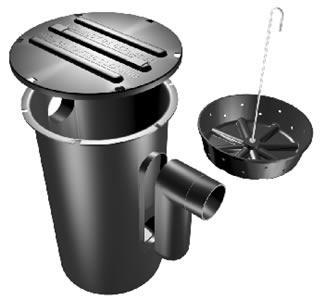
(This picture is contributed by"S.Krishnan")
7. Bottle Trap:This trap is used below washbasin and sinks to prevent entry of foul gases.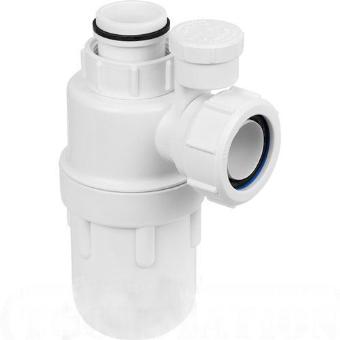
(This picture is contributed by "S.Krishnan")
8. Q Trap:This trap is used in toilet under water closet. It is almost similar to S trap and is used in upper storey other than ground floor.Water SealWater seal in a trap is the depth of water which should be removed from a fully charge trap before gases at atmospheric pressure may pass from the waste pipe through trap into a building. The trap is useless unless they retain their seals at all times. The seal may be broken due to air compressor, momentum and evaporation. The trap in fittings in range is liable to siphonic action and each trap should be ventilated.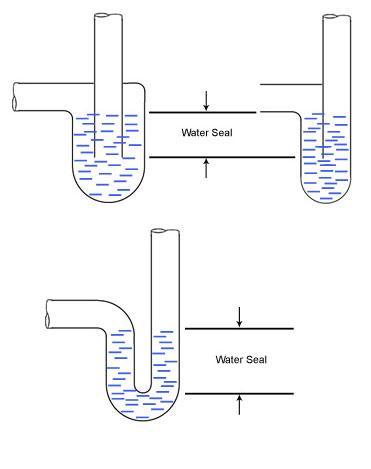
(This Picture is contributed by "S.Krishnan")
The depth of water seal in various sanitary appliances is given below. • Water closet 50 mm • Floor trap 50 mm Other fixtures are directly connected to the stack through branch waste pipe of diameter = 75 mm and 40 mm • Hand-pour flushed type 20 mm | ||||||

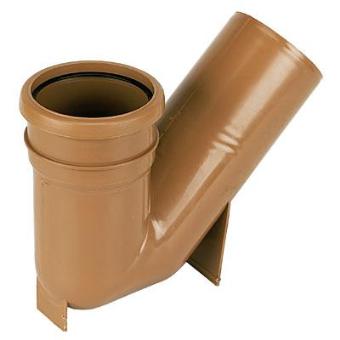
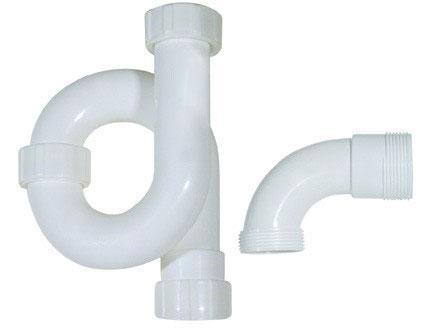
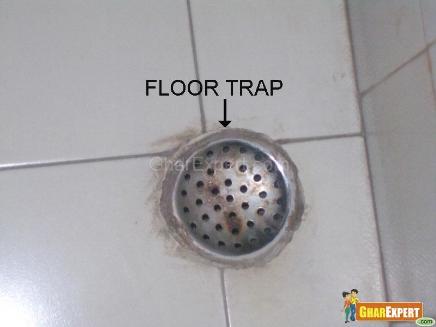
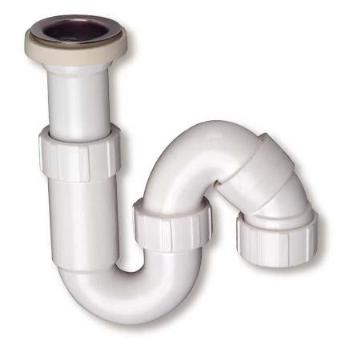 (S Trap)
(S Trap)
You have a good point here!I totally agree with what you have said!!Thanks for sharing your views...hope more people will read this article!!! professor amos drain cleaner
ReplyDelete